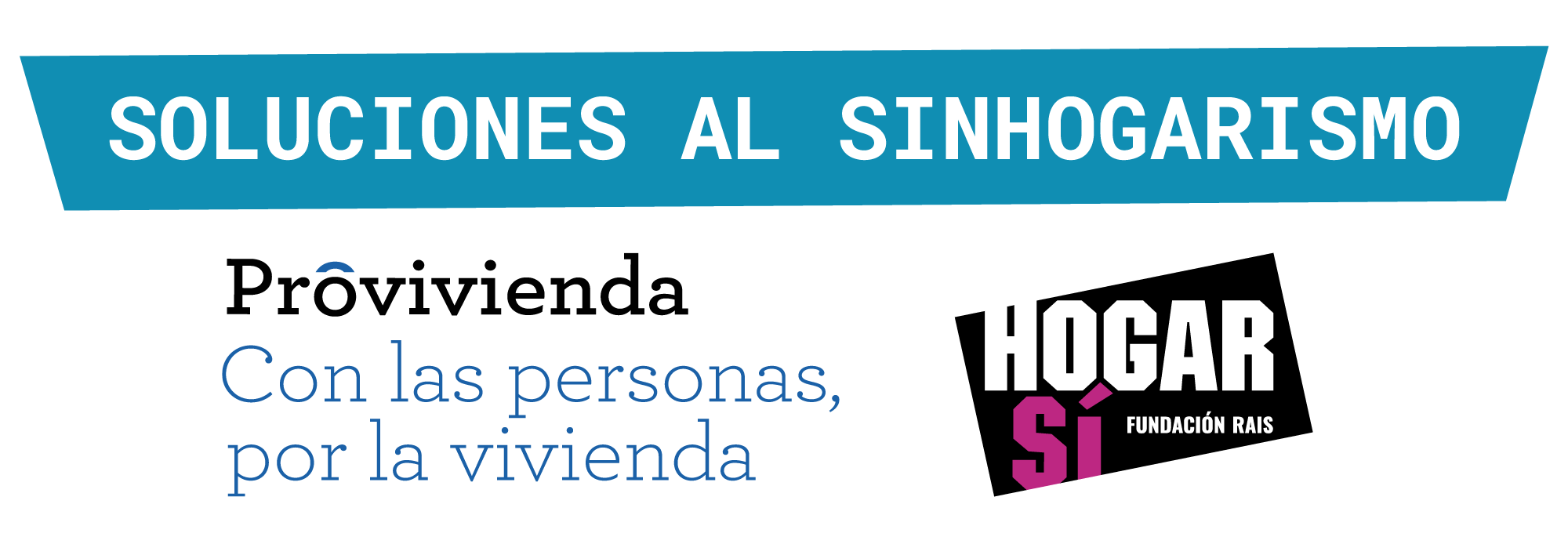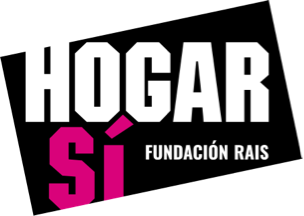Clara was among the 6,036 homeless people under the age of 29 who were cared for in group housing centers in 2022 . Now, thanks to the H4Y FUTUREprogram, financed by the European Next Generation funds through the Ministry of Social Rights and Agenda 2030 and the Recovery Plan, and implemented by HOGAR SÍ and Provivienda, she has started living in a shared apartment in Mallorca and has an opportunity to regain her autonomy and generate her life project, based on her needs, interests and strengths.
"Even my relationship with my mother has changed just by being in housing," Clara explains. "Now I can take a shower, before I didn't feel like seeing her because she was in such harsh conditions and I didn't feel like visiting her. It sounds unbelievable but when someone is on the street they are hindered in such basic things as being able to go to the bathroom when they need to."
Homeless youth, a structural problem
Youth homelessness is a growing problem worldwide, and Spain is no exception. This situation has increased by 36% compared to 2012, according to data published by the INE in its Homelessness Survey 2022. The lack of affordable housing and the challenge of entering the labor market have led to an increase in the number of young people who do not have access to a stable home. In addition, the lack of adequate resources and supports for young people experiencing homelessness may further increase their social exclusion. Only 1.9% of this group receives the Minimum Living Income or the Minimum Insertion Income.
Homeless youth face multiple vulnerabilities, including lack of access to basic services such as education or health care. In addition, many homeless youth experience a sense of isolation and marginalization, and in parallel, are more likely to suffer from mental health problems. Homelessness is a serious human rights violation and severely affects other rights such as safety - 42% have experienced hate crimes.
According to the INE, more than half of these young people find themselves in this situation because they have to start from scratch when they arrive from another country. In fact, the majority of the six thousand young people living on the street have experienced migration processes.
"We work especially with those young people who have a more complicated and vulnerable situation, and who have been expelled or are not served by the protection system or by the existing specific systems for young people without adult referents," explains Maite Luque, director of the H4Y FUTURO project.
A response to youth homelessness
H4Y FUTURO is a project that offers a response for young people between 18 and 25 years of age in a situation of homelessness. Based on a rights-based approach, this program aims to facilitate access to stable and safe housing and offers social support to generate processes of autonomy. It takes into account the individual needs and those of the young people's own evolutionary moment.
HOGAR SÍ and Provivienda, work from a multi-stakeholder approach, formed by the Alliance of both entities, the collaboration of two public administrations, the City Council of Madrid and the Consell de Mallorca, and five specialized partners. H4Y FUTURO offers an innovative and flexible response that adapts to the different profiles of young homeless people and improves their welfare compared to other traditional models. The project aims to test the suitability of the Housing First for Youth methodology, successfully developed in other countries such as Scotland or Canada, with the necessary adaptations to our context, in order to avoid the chronification of these situations and the acquisition of a sufficient level of autonomy to maintain a life independent of the homelessness care system.
A methodology to empower youth
The Housing First for Youth methodology is based on the idea that access to stable housing is a fundamental right, which is why it is provided quickly, without preconditions, to prevent the situation from becoming chronic. In addition, the methodology also includes personalized support, without time limits, taking into account the vital moment that young people are going through and the specific casuistry of youth homelessness.
Therefore, the young people are accompanied towards a plan of autonomy that reflects their dreams, goals, concerns and strengths, attending to and facilitating the specific support they may need. One of the innovative aspects of this methodology is the accompaniment from a trauma approach, since, sometimes, these young people have lived traumatic life events in their childhood, experiences of abandonment or neglect, migratory mourning, rupture and absence of adult referents and lack of previous personal experiences as a result of their young age.
This innovative project favors a safe transition to adulthood and autonomous life, promoting youth empowerment, participation and protagonism and facilitating positive youth development.
Clara Fuentes, advocacy and communication technician at H4Y FUTURO.
* Data source: National Institute of Statistics (2022). Homelessness Survey.






